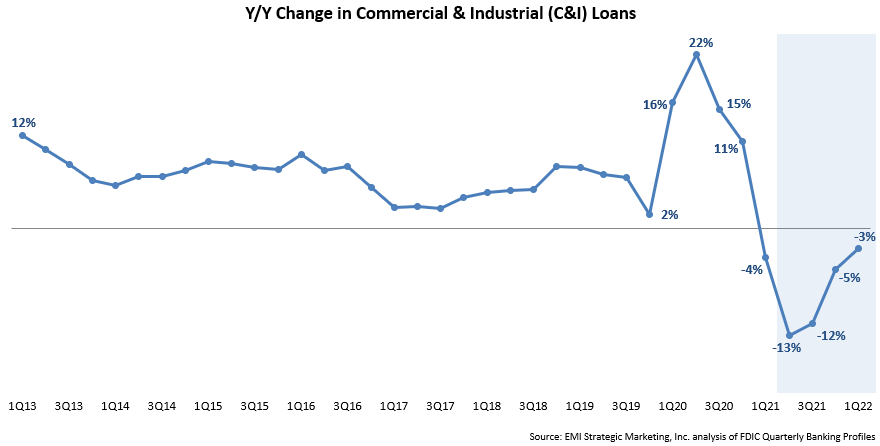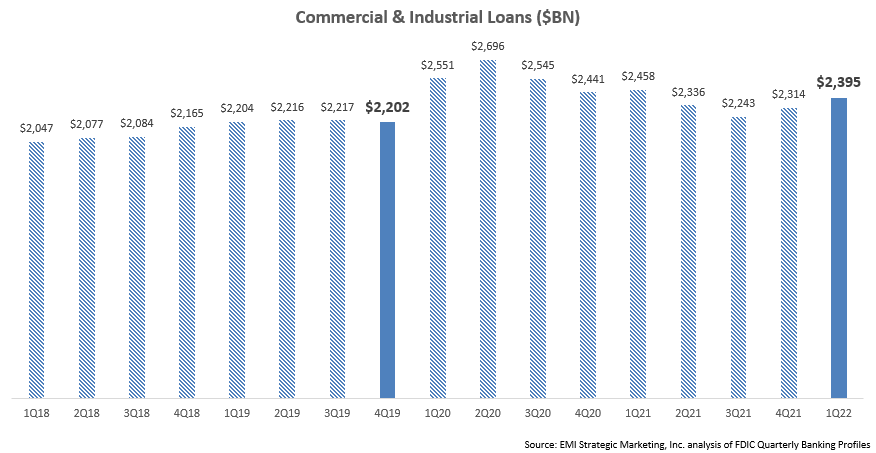Thousands of people flying in
from all over the country. Hotels filled to capacity. People packed
shoulder-to-shoulder in an enclosed room. Handshakes and exchanges of business
cards. Buffet dinners.
Almost everything about
conferences seems foreign in our current reality. Indeed, most fall conferences
have already announced that they will not take place in-person. Some have been
postponed, some cancelled, many turned virtual. In a few cases, such as some
recent investor
conferences and a Forrester
conference, the switch to remote has been seen as a success. In most cases,
however, the decision to waive registration fees betrays a lack of confidence on
the part of both sponsors and attendees about a virtual event’s ability to
deliver value. But, you say, registrations and log-ins have increased as no
travel expenses, no missed work and no registration fee lowered the decision
bar almost to the floor. The problem: Any quantitative improvement likely masks
a significant qualitative drop in engagement.
If we take a step back and
think realistically about how conferences provide value, the situation becomes
clear: Conferences create an opportunity for sponsors to get concentrated
exposure to and interactions with their prospects; attendees get a break from
their daily routine with the valid justification of an immersive opportunity to
learn from experts and peers. Move the conference to the web and all those
things disappear. Indeed, a virtualized conference in the form of a series of
presentations becomes almost indistinguishable from a thematically-connected
series of webinars.
As the threat of COVID
stretches into the foreseeable future, it’s incumbent on all parties involved—the
conference organizers, the sponsors and the prospective attendees—to think creatively
about how to fashion virtual events into something that takes advantage of the positives
and mitigates the negatives. Nothing about greater registration volume and
potentially greater expert participation for a virtual event inherently leads
to lower attendee engagement and fewer sales prospect interactions. In fact,
it’s potentially quite the opposite. The first step down a path of creating
valuable virtual events is to identify and isolate the key components of live
events that people find valuable:
- For sponsors: The
value comes from getting their name and capabilities in front of their target
audience and being able to engage with them directly to generate sales
opportunities.
- For attendees: The
value comes from the opportunity to learn from industry experts and their peers,
as well as the potential to find solutions to their business challenges.
Having identified these
elements of value, the question then becomes: How can we create this value
virtually, irrespective of the way it was generated in live events? The answers
should produce a framework that would be more productive than putting two days’
worth of presentation sessions on the internet and offering virtual networking
lounges that will never be used. Here are some of our ideas.
Generate marketing and sales
value for sponsors:
- Sponsored structured virtual chats
and roundtables that create opportunities for peers to discuss topics of high
relevance and interest to them, moderated by sponsor representatives
- Sponsored virtual group icebreaker
activities to help forge connections between peers from similar businesses
and/or geographies
- Tinder-style (“swipe right”, “swipe
left”) sponsor pitches for 1:1 meetings to enable attendees to choose the
sponsors with whom they want to interact, thus ensuring higher-quality
conversations
Generate learning value for
attendees:
- A greater number of shorter
sessions, spread over more days, because nobody will sit through multiple 45-minute
online presentations
- Asynchronous Q&A spanning the
entire duration of the conference so that attendees have an opportunity to
reflect on content, discuss it with teammates, and then pose questions
- Multiple instances of live sessions
to increase the options for attendees to join (thereby also increasing exposure
for sponsors and presenters)
- Small, structured breakouts to
create substantive opportunities for attendees to learn from each other
We believe that these ideas serve
as a good starting point and also enable a wide variety of iterations,
depending on the specific sponsors and attendees and topics. They represent a
sincere effort to do more than bide time until the business world “returns to
normal” because at this point, it’s doubtful that anyone can accurately predict
when that will really occur.


